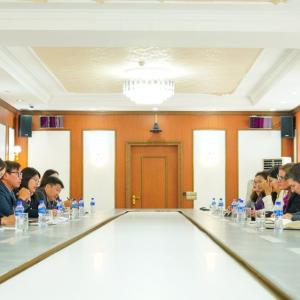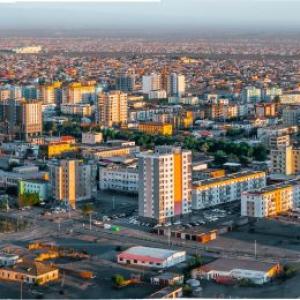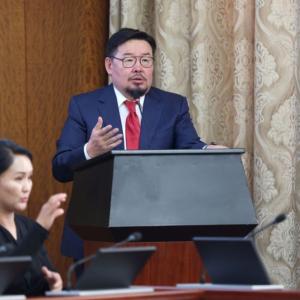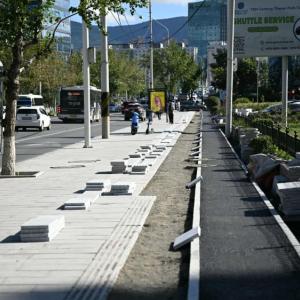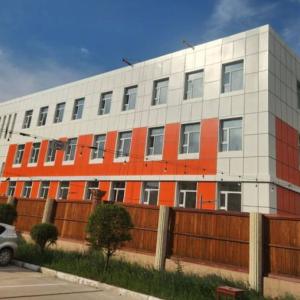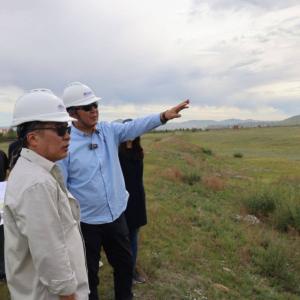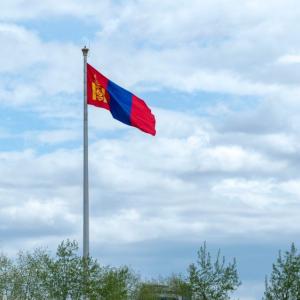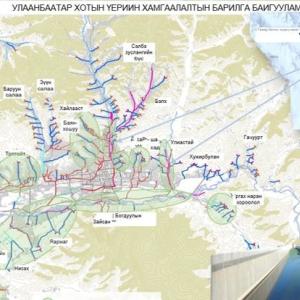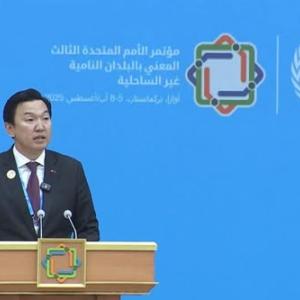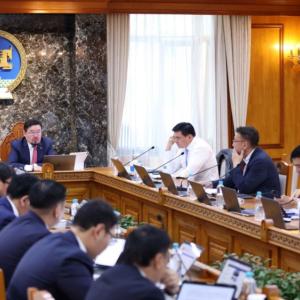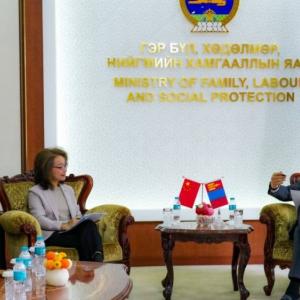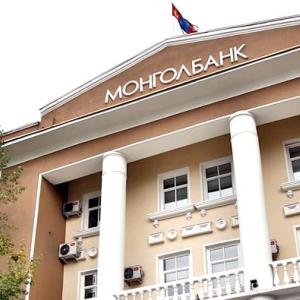Specialists discuss better management of livestock pastures
PoliticsUlaanbaatar /MONTSAME/ The parliamentary standing committee on environment, food and agriculture hosted an open discussion on Thursday themed “Current State and Challenges of Mongolia’s Pastoral Lands” at the State House. The event gathered members of parliament, representatives of the Ministries of Environment and Tourism, of Construction and Urban Development and of Mining and Heavy Industries, the Agency for Land Management, Geodesy and Cartography, the Centre for Policy Studies, the UN, SDC and the Association of Pastoral Land Users of Mongolia.
The first paper themed “State of Mongolia’s Pastoral Lands and Related Government Actions” was presented by L.Choi-Ish, the director of the Department for Coordinating Animal Husbandry Policy Implemntation of the Ministry of Food, Agriculture and Light Industry.
Mongolia has 156.4 million hectares of territory, of which 112.7 million is pastoral land. According to the report from 2014, 73.8 percent of the total land is used for pastoral purposes. The recent years’ overload of pastoral capacity is mainly triggered by the burst in the population of livestocks. The specialists were criticizing the government policies that prioritized quantity over quality.
To be specific, the livestock herders were encouraged to increase the number of their livestocks in order to receive more benefits from the government. Thus, the traditional proportion of sheep and goat, which was 3:1, has been broken and shifted to 1:1. The above mentioned 112.7 million hectares of pasture is capable for grazing 74.6 million sheep. This represents a decrease of 9.4 million hectares in total pastoral lands, an increase of 36.9 million in livestock (transferred to sheep population), and in overall, a 1.8 times increase in population of livestock per 100 hectares of pasture, compared to 1964. Although, the pastoral load looks fine in figures, the composition and types of livestock herds are inappropriate for the current economic demands. While enhancing the traditional farming, it is also necessary to take comprehensive actions to promote intensive farming nearby urban areas to meet the consumption and demand, highlighted Mr Choi-Ish in his presentation.
The participants of the open discussion were underlining the necessity to sophisticate the legal grounds for better management of pastoral lands.
A draft law on Pastoral Lands has been on the table of parliamentary discussions since 2000, being delayed four times. However, passing the law will not solve all problems, said Dr A.Enkh-Amgalan, the leader of the Center for Policy Studies. He came up with productive approaches to developing “climate-sensitive smart agriculture”. Almost 65 percent of the total pastoral lands have lost its pristine state. Consequently, herders have been facing a range of overwhelming loss of animals during drought and dzud, due to the lack of pasture for migration.
For example, 11.2 million animals were lost in droughts and dzuds of 1999-2002, valued at MNT 333 billion, and 9.7 million animals – during 2009-2010 dzud, a loss valued at MNT 527 billion. Some 32.7 percent of all herding households have lost more than half of their livestock and 8.7 percent have been left with empty yards, mentioned the presenter.
The participants further discussed whether the separate law needs to be passed, the ways to consider the distinctive qualities of each pastoral regions, issuing less mining permits, proper commercializing of animal-origin primary goods, specified regulation of land use and operation, re-defining the boundaries of land-farming and pastoral lands, enhancing livestock herder responsibility and the pastures lease issues.

 Ulaanbaatar
Ulaanbaatar

